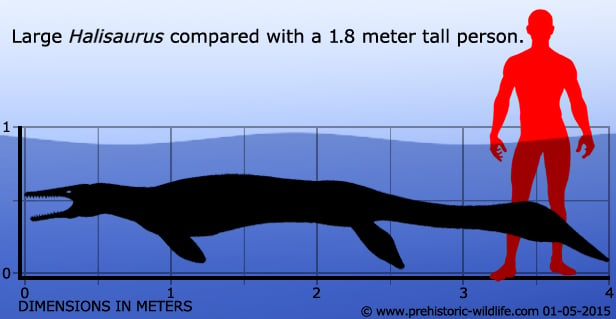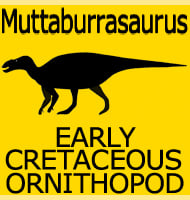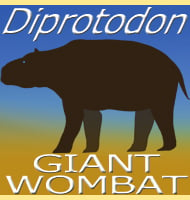In Depth
Halisaurus was first named all the way back in 1869 during a period in American paleontological history today known as the ‘bone wars’. However a year later Othniel Charles Marsh, the person who named Halisaurus, became aware of a genus of fish called Halosaurus and mistakenly came to the conclusion that Halisaurus was preoccupied, and so created the name Baptosaurus to replace it. However although very similar to Halisaurus, Halosaurus is still different enough not to cause a conflict, so Halisaurus was later resurrected as a valid name, while Baptosaurus is now a synonym to it.
With individuals ranging between three and four meters in length, Halisaurus was towards the smaller end of the size scale for mosasaurs. Rather than being apex predators themselves, Halisaurus would have been mid-range predators that hunted more for fish and squid in open water. With a global distribution stretching from Peru to North America, Across to Africa and Northern Europe, as well as a temporal range spanning the Campanian and Maastrichtian of the Cretaceous, it is clear that Halisaurus can be credited with being one of the more successful mosasaur genera.
Further Reading
- A new species of Halisaurus from the Late Cretaceous phosphates of Morocco, and the phylogenetical relationships of the Halisaurinae (Squamata: Mosasauridae). - Zoological Journal of the Linnean Society 143:447-472. - N. Bardet, X. Pereda Suberbiola, M. Iarochene, B. Bouya & M. Amaghaz - 2005.










